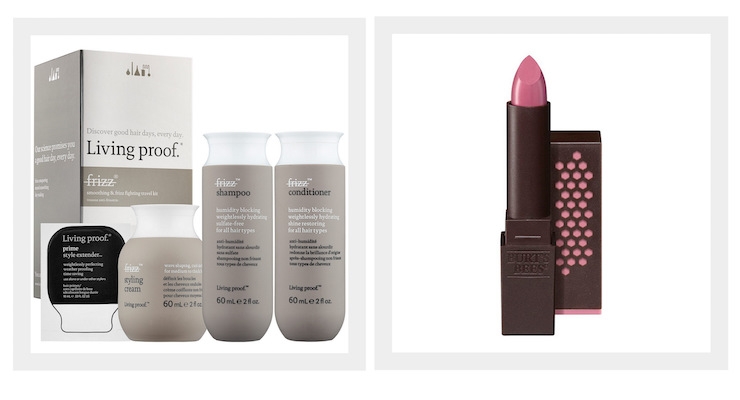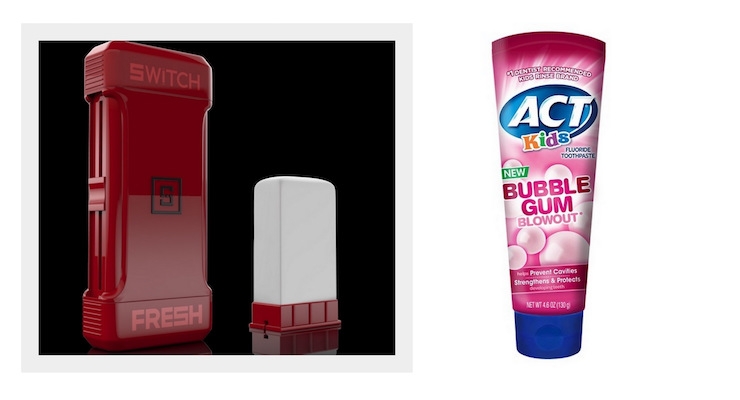10.05.17
Beauty and personal care packaging saw 1% volume growth in 2016, an increase which, even though slow, maintained the positive trend that began in 2015, as the economy seems to continue improving and consumption recovers.
The category saw an increase in the use of small packaging sizes, which facilitate greater convenience for consumers in terms of portability, and allow a wider range of consumers to access premium brands which also offer high-end products in these formats. Euromonitor International’s 2016 beauty and personal care research shows that packaging in the range of 0-50ml grew by 5% to reach 589 million units in 2016.
Companies in the beauty and personal care arena continue to push for recycling, moving towards greener positioning as consumers become more demanding in terms of sustainability. A clear example of this is Burt’s Bees lipstick, launched in July 2016, with a squared lipstick packaging with distinctive honeycomb-shaped cutouts in the side of the overcap/lid. This packaging is 100% recyclable polypropylene, and is composed of 60% post-consumer recycled materials. Another example is new market entrant, Switch Fresh Deodorant, launched on Indiegogo in January 2017, with plans for a broader launch in summer 2017. This is claimed to reduce deodorant plastic usage by 96% through a unique refillable deodorant system.
Photos above: (1) Living Proof's travel kit; Burt's Bee's lipstick (2) Switch Refillable Deodorant; ACT toothpaste.
Linked to convenience, research shows that plastic screw closures continued falling, with a 2% decline in 2016 and a negative 2% review period compound annual growth rate, while aerosol sprays grew by 5% in 2016, driven by strong growth of 7% in skin care and 9% in deodorants. Metal aerosol cans also performed well in color cosmetics and hair care with respective 8% and 6% growth rates, according to Euromonitor International.
Squeezable plastic tubes saw 1% growth in beauty and personal care, with a continued fall of 2% in bath and shower packaging as well as baby and child-specific products packaging in 2016. On this packaging type’s positive side, color cosmetics saw 5% growth for squeezable plastic tubes and 3% growth in men’s grooming packaging in 2016. Even though this packaging type remained flat in oral care, in 2016, Sanofi launched its brand ACT, a toothpaste aimed at children from two years of age. The product comes in a colorful squeezable plastic tube, available in fruit punch and bubble gum flavors, so producers are trying to attract consumers through packaging design and new flavors.
Environment and sustainability will most definitely continue to influence the packaging market for beauty and personal care products. Recyclable, re-used and lower carbon footprint are features consumers want and will continue to demand as consciousness grows regarding waste reduction. Euromonitor’s 2016 Beauty Survey shows that green features are secondary only to efficacy, suitability, and a quality-price balance in consumers’ decision-making for beauty products, and are more salient in purchasing deliberations than low prices and strong brand names.
Digitalization and technology will also continue marking the beauty and personal care industry as well as other industries, and this will also transform packaging. New purchasing formats with the use of mobile phones, new apps that help consumers test and try products such as color cosmetics, or customization of packaging through digital platforms, will allow consumers to personalize their packages and final products.






























